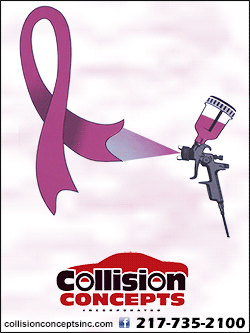|
 "We cannot rely on reduced fetal movement awareness as a strategy to
reduce stillbirth," Dr. Jane E. Norman of Queen's Medical Research
Institute in Edinburgh, the study's first author, told Reuters
Health via email. "We cannot rely on reduced fetal movement awareness as a strategy to
reduce stillbirth," Dr. Jane E. Norman of Queen's Medical Research
Institute in Edinburgh, the study's first author, told Reuters
Health via email.
Stillbirth prevention programs often advise pregnant women to beware
of reduced fetal movement, despite the lack of evidence that such
monitoring reduces stillbirth risk.
Norman's team evaluated this approach in a trial at 33 hospitals in
the UK and Ireland. The researchers provided an online learning
package to doctors on management of reduced fetal movement. They
also provided a leaflet about monitoring fetal movements to women
who were about 20 weeks pregnant. The pamphlet instructed women to
monitor changes in fetal movements starting at 24 weeks, and to seek
immediate care if they observe changes after 28 weeks' gestation.

Between 2014 and 2016, the authors collected data on 157,692
pregnancies from before the introduction of the learning package and
227,860 after the learning package was in use.
For every 1,000 pregnancies, there were roughly four stillbirths at
or past 24 weeks, with or without the special advice to monitor
fetal movements.
[to top of second column] |

Women who detect reduced fetal movement should still seek advice
from their doctor or midwife, Norman told Reuters Health.
But, she added, on its own, teaching women to be aware of reduced
fetal movement cannot be recommended as an effective way to reduce
stillbirth.
To date, an association between stillbirth and reduced fetal
movement has not been proved, Dr. Kate F. Walker and Dr. Jim G.
Thornton of the University of Nottingham in the UK note in a comment
published with the study in The Lancet.
Given the size of the study, and the fact that the findings align
with another large trial that looked at monitoring fetal movement
for stillbirth prevention, experts "need to consider how current
guidelines might be revised," they say.
"Discouraging campaigns that promote awareness preterm, improving
(guidelines for induction of labor), and not inducing delivery in
response to perception of altered movement alone would seem to be
sensible first steps," they conclude.
SOURCE: http://bit.ly/2yprBBV and http://bit.ly/2yjnh7g The Lancet,
online September 27, 2018.
[© 2018 Thomson Reuters. All rights
reserved.] Copyright 2018 Reuters. All rights reserved. This material may not be published,
broadcast, rewritten or redistributed.
Thompson Reuters is solely responsible for this content. |